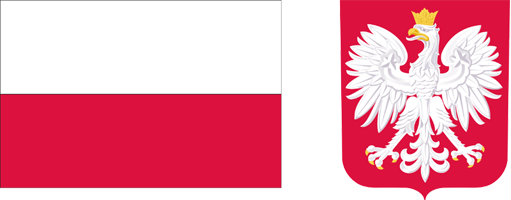ARTICLE
Psychological resources in male prisoners: an application of the growth resources model
1
Jagiellonian University in Krakow
Faculty of Management and Social Communication
Submission date: 2020-02-13
Final revision date: 2020-09-09
Acceptance date: 2020-09-20
Online publication date: 2021-06-27
Publication date: 2021-06-27
Corresponding author
Arch Psych Psych 2021;23(2):24-37
KEYWORDS
TOPICS
ABSTRACT
Aim of the study:
The main goals of this article are to describe the Growth Resources Model and to present the preliminary results of a research project that applied this model to an actual male prison population.
Subject or material and methods:
The study was conducted in two prisons in Southern Poland – 37 inmates took part in it. To compare the results with a control group, 34 men that had never been in prison were also tested with the GRQ form.
Results:
The results indicate that prisoners put a high value on their psychological resources, with positive emotions being of highest importance. Furthermore, prisoners exhibit less trust in others than non-prisoners.
Discussion:
The dominance of positive emotions and a high evaluation of personal psychological resources are surprising characteristics of inmates. The key to the analysis of the results seems to be the notion of self-enhancement. The term can be used both in the context of self-promotion and self-protection. Maintaining a positive self-image is often related to a preference for information consistent with such positive self-image, even if this requires a biased interpretation or unrealistic reinterpretation of features or events. When a person intends to act contrary to his or her own image, there are various ways of reducing cognitive dissonance that allow such incongruous behaviour while maintaining a positive self-image.
Conclusions:
We argue that the Growth Resources Model can be used in the context of criminal psychology and social rehabilitation.
The main goals of this article are to describe the Growth Resources Model and to present the preliminary results of a research project that applied this model to an actual male prison population.
Subject or material and methods:
The study was conducted in two prisons in Southern Poland – 37 inmates took part in it. To compare the results with a control group, 34 men that had never been in prison were also tested with the GRQ form.
Results:
The results indicate that prisoners put a high value on their psychological resources, with positive emotions being of highest importance. Furthermore, prisoners exhibit less trust in others than non-prisoners.
Discussion:
The dominance of positive emotions and a high evaluation of personal psychological resources are surprising characteristics of inmates. The key to the analysis of the results seems to be the notion of self-enhancement. The term can be used both in the context of self-promotion and self-protection. Maintaining a positive self-image is often related to a preference for information consistent with such positive self-image, even if this requires a biased interpretation or unrealistic reinterpretation of features or events. When a person intends to act contrary to his or her own image, there are various ways of reducing cognitive dissonance that allow such incongruous behaviour while maintaining a positive self-image.
Conclusions:
We argue that the Growth Resources Model can be used in the context of criminal psychology and social rehabilitation.
We process personal data collected when visiting the website. The function of obtaining information about users and their behavior is carried out by voluntarily entered information in forms and saving cookies in end devices. Data, including cookies, are used to provide services, improve the user experience and to analyze the traffic in accordance with the Privacy policy. Data are also collected and processed by Google Analytics tool (more).
You can change cookies settings in your browser. Restricted use of cookies in the browser configuration may affect some functionalities of the website.
You can change cookies settings in your browser. Restricted use of cookies in the browser configuration may affect some functionalities of the website.


